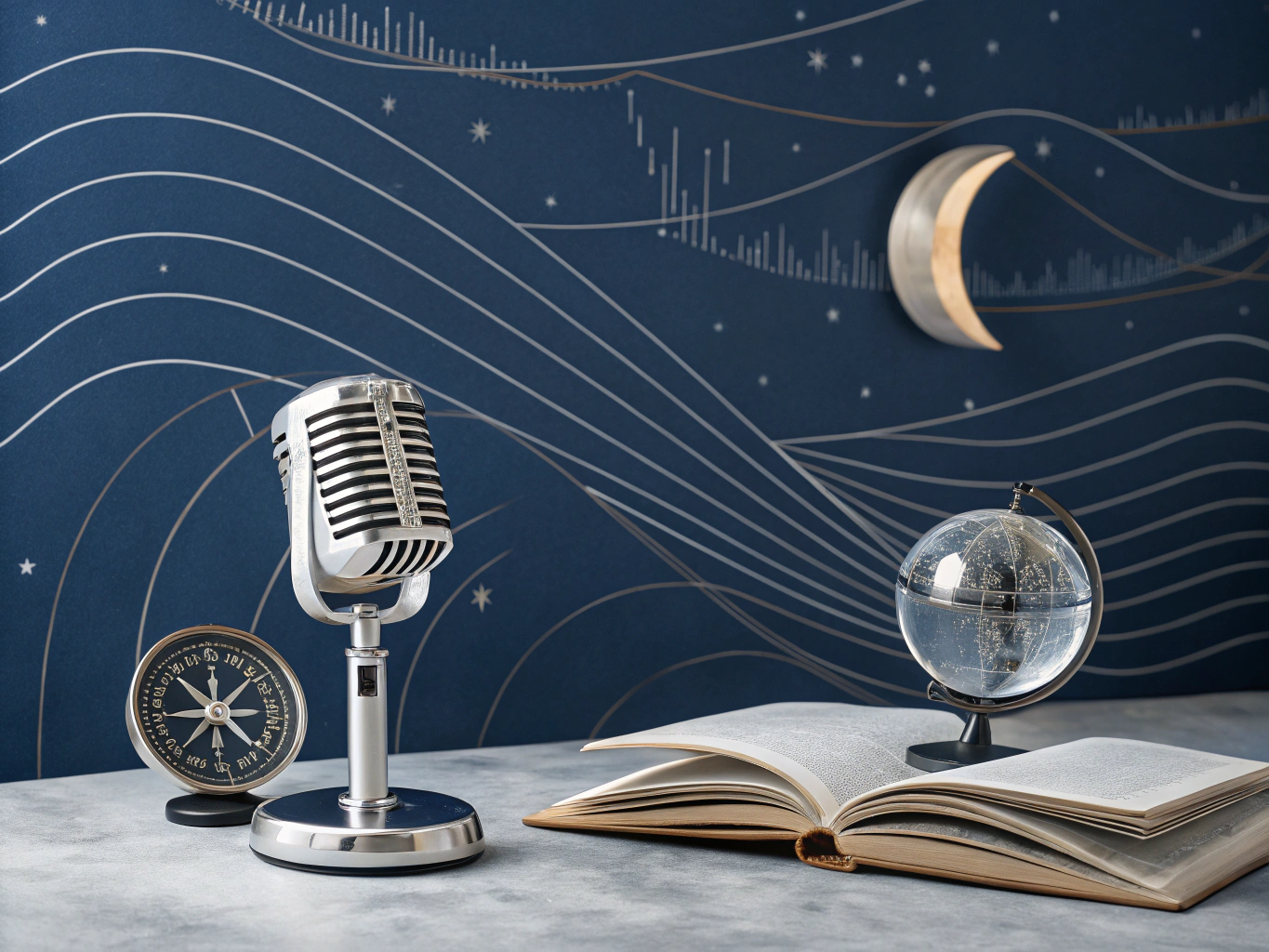Sales Forecasting: The Crystal Ball of Commerce
We’ve all daydreamed of possessing a crystal ball—especially when it comes to business. The ability to peek into the future and predict sales would be the ultimate advantage. While we can’t offer you mystical powers, we can dive into what is sales forecasting, and why it’s less about magic and more about method and math.
Why Sales Forecasting Matters
Picture sales forecasting as a weather report for your business. It tells you when to carry an umbrella or when to plan that beach outing. In commerce, it’s about understanding future sales patterns so you can make informed decisions. It’s the difference between flying blind and navigating with a map. And just like with the weather, the more data you have, the better your forecast. For insights on podcasting strategies, visit Unlocking Stories: Jungle Scout Login for Podcasters.
The Art and Science Behind Sales Forecasting
Sales forecasting is both an art and a science. It requires a blend of quantitative data and qualitative insights. Think of it as a jazz performance—structured yet improvisational. You have the sheet music (historical data), but you also need to feel the rhythm of the market (current trends and consumer behavior).
Modern sales forecasting leverages AI to sift through mountains of data, spotting patterns humans might miss. However, remember our AI intern analogy? While these tools offer impressive capabilities, they still need guidance. They won’t replace the human touch but will amplify it, allowing businesses to tune into the subtle nuances of market demands.
Transformative Aspects
The real power of sales forecasting lies in its transformative potential. By accurately predicting sales outcomes, businesses can optimize inventory, allocate resources efficiently, and tailor marketing strategies. It’s like having a strategic GPS for your business journey, helping you avoid pitfalls and capitalize on opportunities.
Moreover, as AI continues to evolve, sales forecasting becomes even more nuanced. Imagine an AI that not only predicts sales but also suggests product modifications based on emerging consumer preferences. That’s where we’re headed, and it’s an exciting frontier.
Actionable Recommendations for Your Business
So, how can you leverage sales forecasting in your business? Here are a few starter tips:
- Invest in Data: The quality of your forecast depends on the quality of your data. Ensure you’re collecting comprehensive and accurate sales data.
- Embrace AI Tools: Use AI-driven platforms to enhance your forecasting accuracy. They can process vast amounts of data faster than any human.
- Stay Agile: Use forecasts as a guide, but remain flexible. Markets change, and so should your strategies.
- Collaborate: Encourage cross-departmental collaboration. Sales, marketing, and finance teams should work together to ensure forecasts are comprehensive and actionable.
In the end, sales forecasting isn’t about predicting the future with absolute certainty—it’s about being better prepared for it. And in a world where change is the only constant, that’s a powerful advantage to have. For more insights, visit theOnceandFuturePodcast: Home.
Checkout ProductScope AI’s Studio (and get 200 free studio credits)

